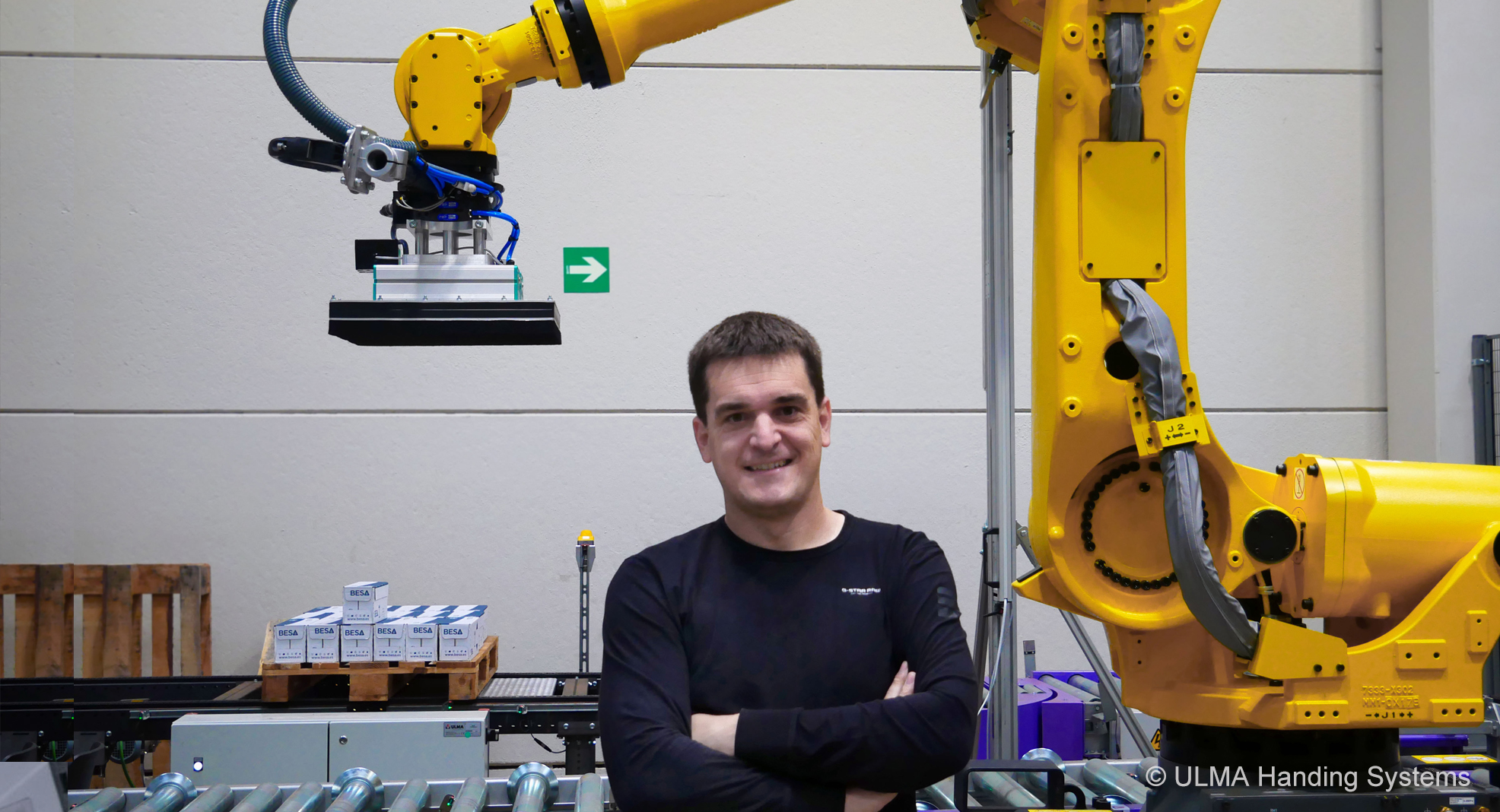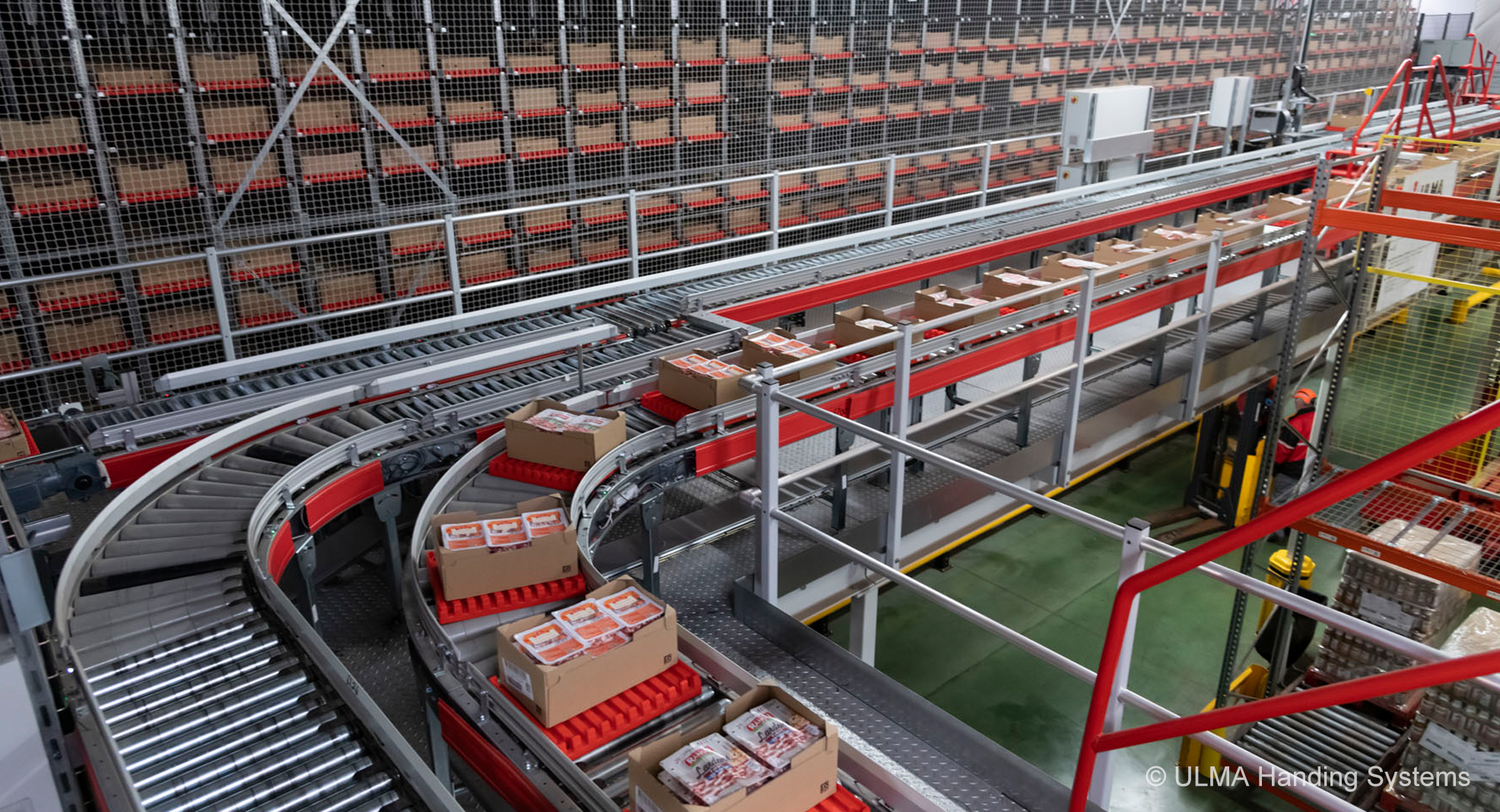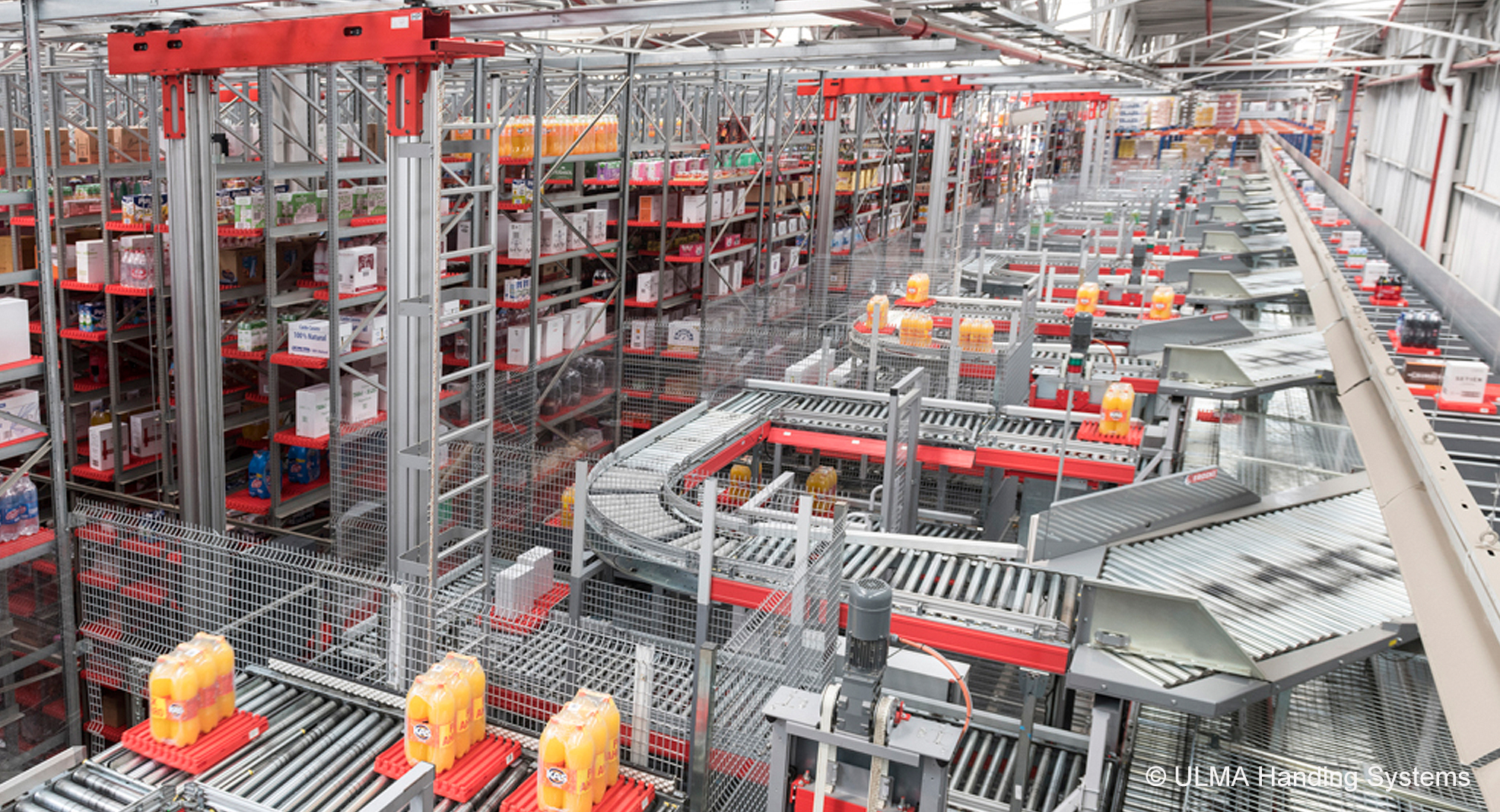Mikel Altuna, director for partnership management and product development at ULMA Handling Systems
ULMA Handling Systems is one of the strategic business units of grupo ULMA. With more than 30 years of experience delivering unique intralogistics engineering solutions to a large number of sectors related to, for instance, food & beverages, hardware and DIY, logistic operators, pharmaceutical companies, supermarkets and retail, fashion or industry in general and the company has become a leading partner in a sector that has never stopped innovating. Mikel Altuna, director for partnership management & product development at ULMA Handling Systems describes their collaboration with Tekniker and tells us how important artificial intelligence has been for their products.
Which AI technologies have been applied throughout the PICK-PLACE initiative?
Deep learning is the fundamental technology we have used because it allows you to create models based on labelled images.
What kind of problems are these systems trying to solve and how did AI help?
This technology was applied to create models that allow you to establish where the best gripping point of an object is located without requiring a configuration beforehand to do so.
The robot uses this information to generate a trajectory that must be followed to pick up an object at a later stage.
This solution allows the picking problem to be addressed in the logistics sector where it is unfeasible to provide an ad-hoc configuration for each reference as there are far too many to deal with.
This technique has also been used to detect people in the vicinity of robots. More specifically, for situations in which collaborative tasks have to be performed so that robot’s trajectory can be modified to prevent collisions or undesired shutdowns resulting from somebody present in the area.
Why have you placed your trust in Tekniker to develop and apply these technologies?
ULMA Handling Systems has known and trusted Tekniker for many years in terms of developing R&D projects. As a result of this collaboration, we have been able to release innovative products that have significantly reinforced our competitive position the market.
As a consequence of this long-lasting and stable relationship, Tekniker has been able to learn more about the needs and technological challenges associated with our sector.
In fact, an effective degree of alignment has been achieved between Tekniker’s work lines in the area of robotics and the technological roadmap we have drawn up at ULMA Handling Systems.
Consequently, the end result is a collaborative environment in which we can carry out projects deftly and efficiently.
How would you rate Tekniker’s capabilities with regard to developing AI solutions?
The results obtained in the PICK-PLACE project have exceeded our initial expectations. We approached the project as if it were a proof of concept and a technological validation exercise, although the end result has allowed us to address far more ambitious challenges to further develop our solutions.
In terms of Artificial Intelligence applications, can you envisage what sort of joint challenges you’ll be facing in the near future?
We have been adapting our products and solutions to new market demands in the world of intralogistics for years. In our case, we are fully aware of the extent to which consumer habits are changing considerably. The needs of our customers, who deliver the products we’re making at our companies, are also changing.
The need to have extensive product catalogues and low stock levels and to process low cost orders with only a few units and highly heterogenous products in a very short period of time increases the degree of complexity our systems have to cope with.
Consequently, we believe that AI is a key technology to generate products that are able to adapt to new scenarios.
A clear example of this can be found in the PICK-PLACE project. The fact that it is nowadays possible to automatically handle new individual products fed into system without any prior information on their morphological features is a major step forward as it allows us the option generating solutions that can deal with the challenge of managing a product catalogue in a very dynamic manner.




